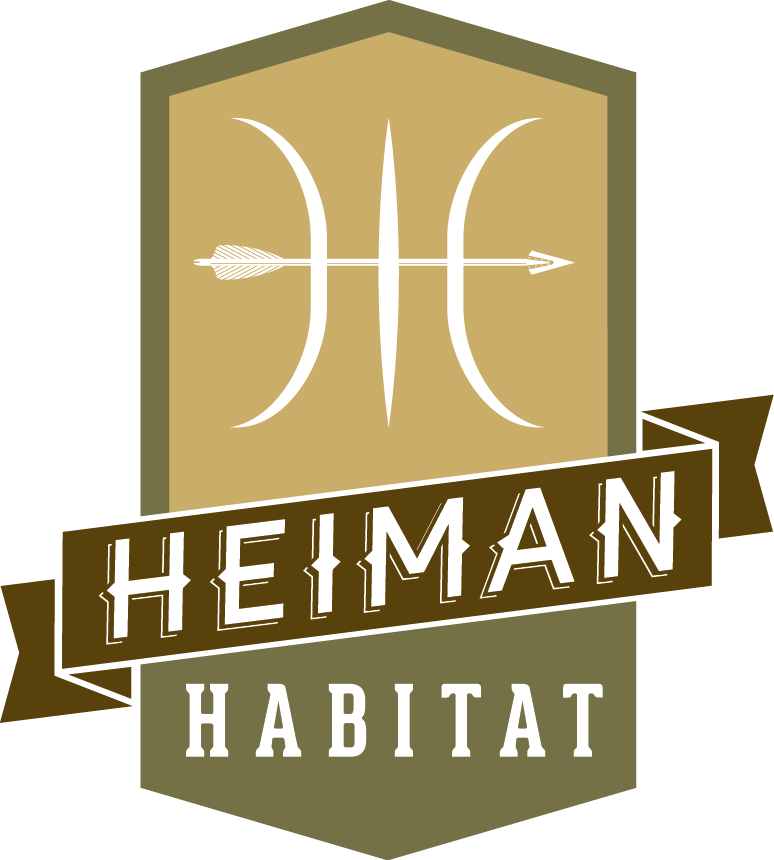As a Prepper, I understand the urge to stockpile in case of emergency. Be that a cyclone, flood, bushfire, pandemic, tsunami, earthquake or even a utility failure. You can even stretch that out to societal collapse, war and any other apocalyptic scenario. I get it.
Australia recently had one such scenario during the Nov 19 – Feb 20 bushfires when whole towns were cut-off for weeks. Food stocks began to run low and even the fuel at service stations was being rationed due to the lack of resupply. Another example was the South Australian blackout of September 2016 which caused a widespread power outage in South Australia. It resulted from storm damage to electricity transmission infrastructure. Imagine not having a functioning fridge or freezer? And if we think this was an isolated occurrence, it wasn’t. It happened again the following December and again in February 2017.
With this as context, I’m mildly sympathetic to the recent spate of panic-buying that’s been brought about by the global outbreak of COVID19. But I’m concerned that the rush to the super-markets is driven largely by lack of accurate information and clear direction from officials leading to conflicting messaging that’s getting people unnecessarily on edge. For many, the natural response is to over-prepare in order to regain a sense of certainty and control.
The key is to take control from the start. People in areas affected by cyclones do this routinely, as do farmers in remote areas. That is: they learn to maintain two weeks of groceries in the house at all times ‘in case of emergency’. Indeed, in the US, the Centre for Disease Control and Prevention recommends that all US citizens have three days of emergency food supply on-hand; and that those in disaster susceptible areas have an eight-day supply. Meanwhile here in Australia, the WA Government’s Department of Fire and Emergency Services recommends that we all maintain 14 day’s supply of emergency stocks.
It’s not hard to do. But it needs to start well before there’s a whiff of a crisis.
One sensible approach is to remain alert to sale items as you go about your daily shop. Every time you identify a non-perishable item that you’d regularly buy – but that is now on special – simply buy two instead of one. If the item is on half price, it will cost you nothing extra and you’ll gain a valuable contribution to your home stocks. Make shopping this way a habit, and you’ll have stocked your larder in no time. And there’s no need to hoard until the stockpile reaches the roof. Just take a sensible, moderate approach – but maintain it as a lifetime habit.
What’s been particularly interesting in the response to COVID19 has been the massive demand for toilet paper and hand sanitiser. There’s been enough social media already around the bog-roll craze to last us all longer than we could’ve imagined. So let’s consider instead the issue of personal hygiene - and our hands.
The first thing to say is that the need to maintain clean hands to avoid infection is not new. We do not live in a Third World Country and we shouldn’t need reminding that this one small step can do more to keep us healthy than a personal stash of 100 toilet rolls and 50 bottles of hand sanitiser ever will. If we cast our minds back into history, in 1846, Dr Ignaz Semmelweis discovered that if doctors washed their hands before delivering babies, the rate of deaths of new mothers from puerperal fever (then called childbed fever) decreased exponentially. Since then, the simple act of hand-washing is one of the most important tools in public health. It can help prevent flu, prevent the spread of disease and keep infections at bay.
Soap is the magic ingredient. And using soap regularly is the key. So, just in case we’ve forgotten the lessons of history, let’s recap. We need to wash our hands:
· Before, during, and after preparing food
· Before eating food
· Before and after caring for someone who is sick with vomiting or diarrhoea
· Before and after treating a cut or wound
· After using the toilet
· After changing nappies or cleaning-up a child who has used the toilet
· After blowing your nose, coughing, or sneezing
· After touching an animal, animal feed, or animal waste
· After handling pet food or pet treats
· After touching garbage
And it’s not just a rinse either. By using soap properly, the lipids in a virus will dissolve and simply allow it to fall off degraded. The skin is rough and wrinkly, which is why you need a fair amount of rubbing and soaking to ensure the soap reaches every nook and cranny on the skin surface that could be hiding active viruses. This is the reason that health organisations recommend that we wash our hands for 15 – 20 seconds and work up a good lather. And don’t forget the thumbs, fingertips and between the fingers which are the most often missed parts.
So, the next time you see someone at home, at work, or in a public toilet who fails to wash their hands properly, politely ask them to do so – for your sake, their sake, their family’s sake and for the sake of anybody else they may come into contact with.
While we’re at: remember that the correct way to cough is into your elbow. And if you, or your children are sick: please keep the sick person at home. Your interests in going out into public, or sending your kids to school, aren’t more important than the rest of society’s requirement that you don’t.
And that’s not new either.



